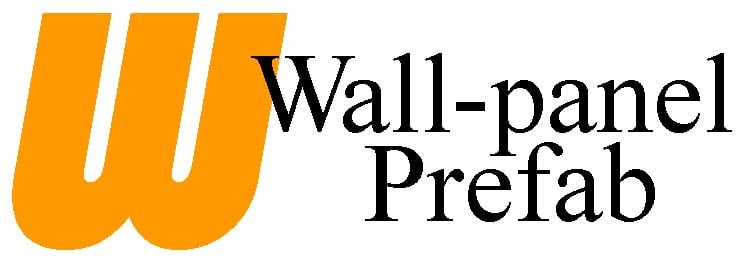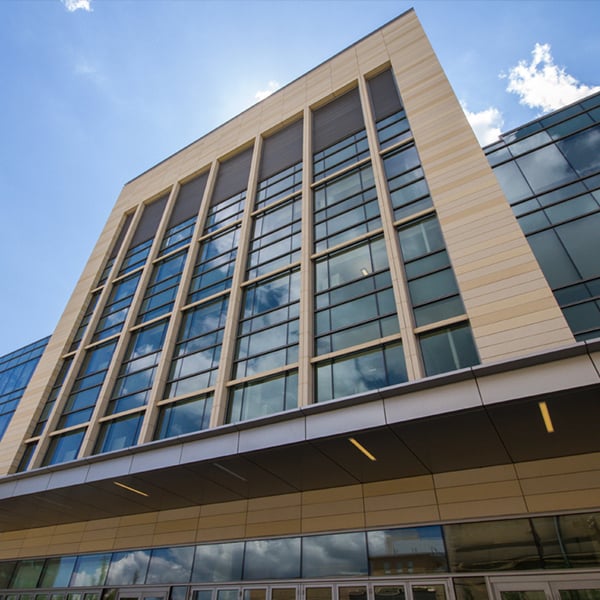Prefab is the present and very much the future of construction. Given the number of advantages of modular construction over its traditional counterpart, prefab is here to stay. Prefab construction can also be referred to as modular construction and exemplifies the idea of quality, sustainability, energy efficiency, and durability. What’s more, prefab buildings are quick to construct and have been a life-saver during the Covid-19 times when medical emergency was enforced all over the world.
Pete Braun, CEO, Wall-tech, enjoys his association with the industry and speaks his heart out about the future of prefab. “Let’s fast forward 10 years from today – where do I see Wall-tech and our industry? It’s interesting because five years ago, everyone was so excited about robotics and augmented reality… and we’re still talking about it. It’s hard to predict where we’ll be in the future,” says Braun.
However, with the ongoing trend in construction, the future of prefab is secure, especially as modular construction promises to resolve some of the toughest challenges faced by traditional processes. While data overflow will still remain a huge challenge in construction, “Robotics and AR will probably play a big role in helping shorten how long projects take to enclose, but there still will be a human element needed to dissect what data needs to be shared across the whole organization versus select individuals,” says Braun.
The Present & The Future of Construction
Prefabricated construction is an offset of green construction and promises to be more energy efficient with less resources and less waste. Prefabrication is environmentally sustainable and less labor intensive as a major part of the development takes place within a factory setting.
Cost savings
Since modular construction is not as labor intensive as its traditional counterpart, it reduces the burden on the developers and will simultaneously allow for the development of less expensive construction without the extra cost of labor. By reducing the manufacturing cost, the overall project cost comes down significantly.
Braun further mentions the importance of cost-efficiency in prefab construction, “I also believe there will be less on-site construction. This should be a key element of the planning stage and will require fewer people on site and speed up construction. Prefab fits very nicely in here and should be on the rise in the future as well. What used to take months and years will be now take only weeks and months timeline.”
Emergency construction
In the wake of COVID-19 pandemic, the potential of prefabricated construction has not been emphasized enough. Thanks to its quicker construction with less labor force, many modular medical facilities have come up quickly to cater to the growing medical needs of humanity. It is to be believed that the future of prefab is bright, though it is still not widely accepted across the construction industry.
Pete Braun adds, At the end of the day, no one really knows what the future will look like. In my opinion, we need to keep our eyes open and be receptive to new technologies but also be selective and make sure we don’t use tech for the sake of using tech.”
Unlike its traditional counterpart, prefabricated construction is more convenient, cost-efficient, durable, flexible, and energy efficient, from planning to design, construction, assembling, operations, and maintenance.
Topics: Newsletter




